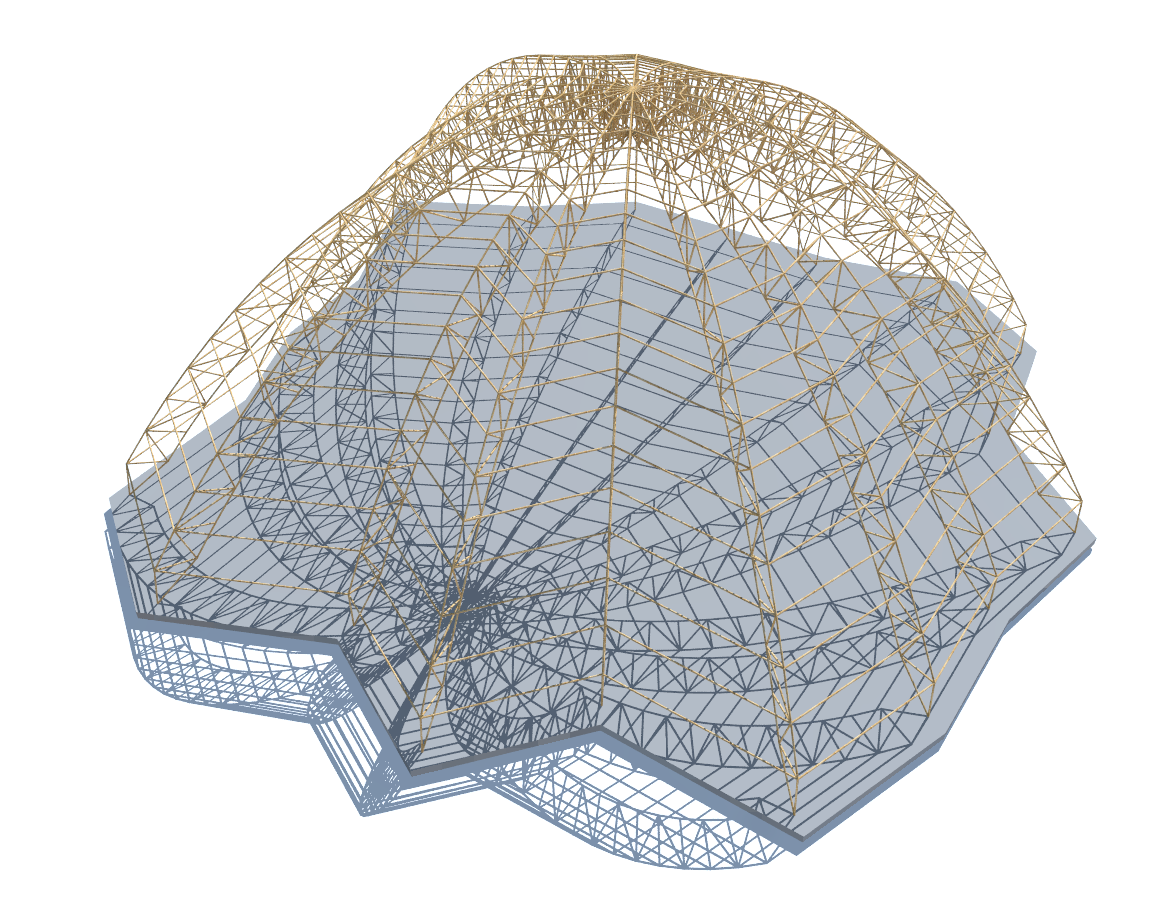Architecture in the Supercomputing Era
Algorithmic design, analysis, optimization, and visualization depend on the use of computers and, frequently, have considerable computational demands. Nowadays, it is not unusual to have algorithmic processes running for weeks in high-performance computer workstations. Obviously, the duration of these processes often deters architects and engineers from their use.
These processes mostly use the same algorithmic approaches that were developed when computers operated with a single processing unit. Nowadays, we are reaching the physical limits of the computational power of a single processing unit. Therefore, to increase performance, computers now include multiple processing units. To take advantage of this parallelized form of computational power, we need to adapt the algorithmic processes of the past or invent new ones.
With that goal in mind, we proposed a short two-month project to experiment with the parallelization of algorithmic design, analysis, optimization, and visualization using a super-computer with a very large number of processing units. This allowed us to measure the scalability of those algorithmic processes relative to the number of processing units used, and more effectively develop the necessary adaptations to take advantage of the parallelism available in current computers.

This report summarizes the results of project MOOB - Multi-Objective Optimization of Buildings. MOOB was a winning candidate on the Fundação para a Ciência e a Tecnologia (FCT) Call for Advanced Computing Projects, which offered computing time in one of Portugal's supercomputing centers. The report in divided in six parts: